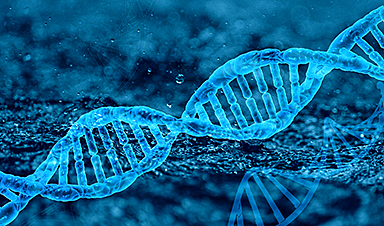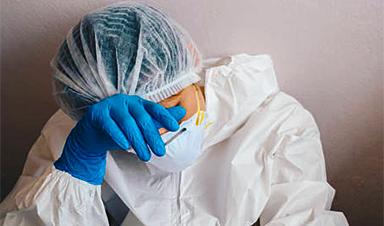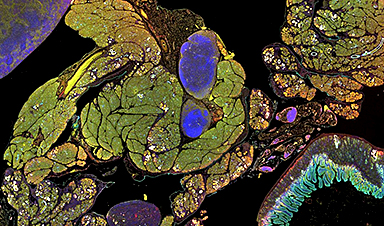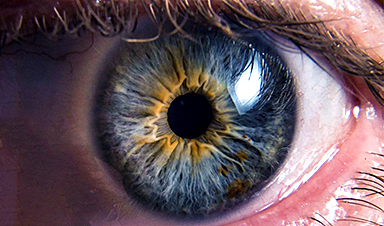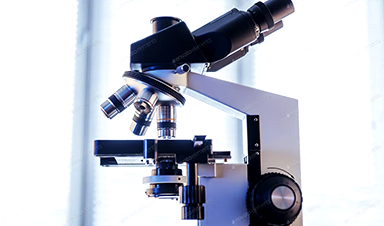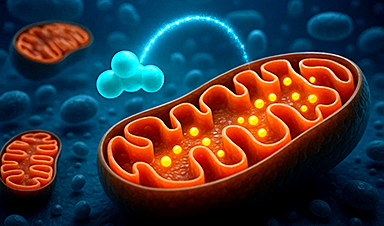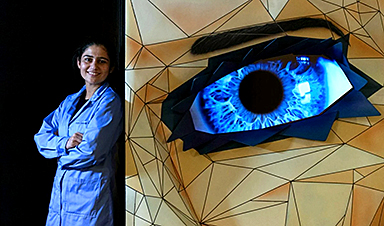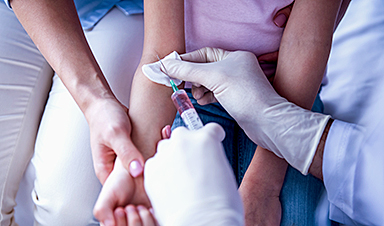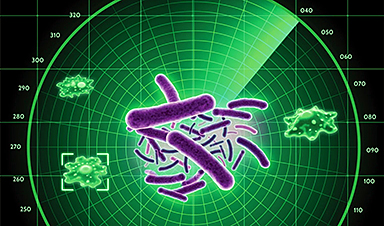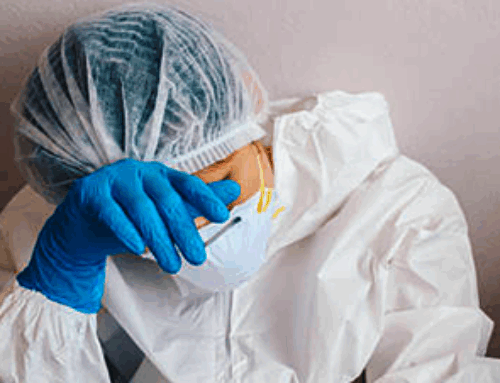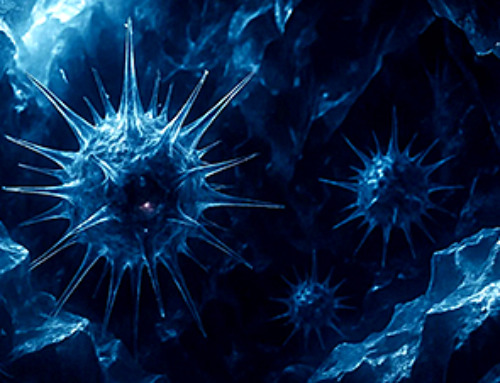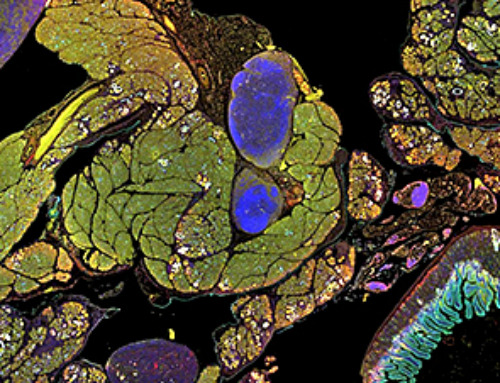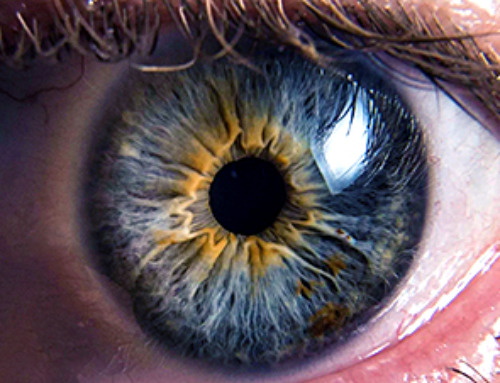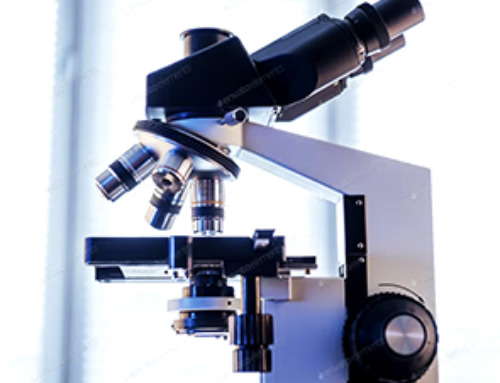The more that people know about gene editing, the more likely they are to feel it is safe to use in agriculture and medicine, according to a survey of more than 4,500 people across the United States.
While there is a technical difference between “gene editing” and “genetic modification,” also known as transgenics, people often lump the two biotechnologies together as genetic engineering. Gene editing does not introduce new biology to a genotype like gene modification.
Brandon McFadden, Tyson Endowed Chair in Food Policy Economics for the Arkansas Agricultural Experiment Station, was the lead author of a peer-reviewed study to find out more about the opinions of consumers in the United States on the safety of gene editing in agricultural and medical fields.
The research, which analyzed surveys taken in 2021 and 2022, was published in Frontiers in Bioengineering and Biotechnology this year.
“People who have heard or read a lot about gene editing generally have a favorable opinion about using it for agricultural or medical purposes,” McFadden said. “So, people who are less familiar with gene editing are likelier to think it is unsafe.”
The study, McFadden noted, showed that people who are not as familiar with gene editing are more likely to think it is unsafe, and they require more evidence to change their minds. That evidence could come from either more studies or time without a negative outcome.
The surveys showed that, on average, people with a negative opinion of gene editing’s safety need around 100 studies, or 20 years, to improve their opinion about the safety of gene editing.
However, McFadden noted that many people may never change their minds about the safety of gene editing. More than 10% of respondents stated that no amount of research or time without an adverse outcome would improve their opinion about the safety of gene editing for agriculture and medical products.
Co-author Kathryn A. Stofer, research associate professor in the agricultural education and communication department for UF/IFAS, said the results were enlightening on multiple levels and opens more avenues of research.
“The study sets us up to test explicit messages about the number of studies or years of research on this technology that might help alleviate concerns about safety and support the benefits,” Stofer said.
Kevin M. Folta, UF/IFAS professor in the horticultural sciences department, said better perceptions of gene editing are associated with awareness of biotechnology.
“That means scientists need to be engaging in conversations about the successes, like how sickle cell disease may be curable in the next few years,” Folta said. “We used to think that providing more evidence didn’t change opinions, but this work shows maybe we can change public perception if we effectively share the good things we can do with gene editing.”
Difference in gene editing and genetic modification
Gene editing is “the process of precisely changing or deleting a few ‘letters’ of DNA,” the researchers explained in the study. This is different from genetic modification, also known as transgenics, which introduces new biology to a genome.
Both gene editing and gene modification are used in agriculture to develop plant varieties that are more drought tolerant and disease resistant in less time than traditional breeding techniques. The study notes that a lack of proactive public dialogue surrounding the primary introduction of genetically modified organisms “did irreparable damage to the emerging scientific field of genetic engineering,” and that the continued expansion of gene editing in the agricultural and medical fields has led many to call for “broad public dialogue” about the technology.
Gene editing in the medical field is also known as “gene therapy” and aims to treat and cure disease or make the body better able to fight disease.
According to the Mayo Clinic, gene therapy “holds promise as a treatment for a wide range of diseases, such as cancer, cystic fibrosis, heart disease, diabetes, hemophilia and AIDS.” Research cited in the McFadden study showed that public opinion on gene editing in the medical field was more supportive for therapeutic uses than aversion for non-disease uses that are cosmetic.
Public opinion varies
Data were collected during two time periods using surveys distributed online by Qualtrics to samples of U.S. adults. The Institutional Review Board at the University of Delaware approved both surveys. Collecting data from two samples allowed researchers to examine the stability of results across groups of respondents and time.
Recent research on public opinion toward the use of biotechnology in agriculture has focused on differences in opinions between the use of gene editing and genetic modification. McFadden noted that studies published in 2019 and 2020 concluded that the public generally supports gene editing in agriculture more than genetic modification.
However, the objective of the new study was to explore U.S. public opinion about gene editing in the agricultural and medical fields. Another goal of the study was to provide more insight into the relationship between opinions about the safety of gene editing and the potential impact to improve opinions about safety.
Public acceptance seems to be associated with whether the gene editing is done for medical or agricultural purposes. The study noted that when participants in U.S. focus groups were asked what they thought about when hearing the words “gene editing,” the medical field was discussed more frequently and extensively than agriculture.
Researchers pointed out that in 2018 there was an announcement of gene-edited twins in China that increased public awareness of medical applications. Public aversion to the use of related biotechnology in agriculture has also been well-documented, McFadden added, despite support from the scientific community.
For example, he pointed to a 2014 Pew Research survey of U.S. adults and researchers affiliated with the American Association for the Advancement of Science estimating that 88% of its members agreed that genetically modified foods were safe to consume compared to only 37% of adults.
Results from the study indicate that people in the U.S. who are familiar with gene editing, or do not hold a negative opinion about safety, required less evidence to improve opinions about the safety of gene editing. On average, respondents in both samples were more familiar with gene editing in agriculture and more likely to have a positive opinion about its use in agriculture than for medical purposes.
“When we have a negative opinion about something, we should maybe ask ourselves what would cause us to change our minds,” McFadden said.
More information: Brandon R. McFadden et al, U.S. public opinion about the safety of gene editing in the agriculture and medical fields and the amount of evidence needed to improve opinions, Frontiers in Bioengineering and Biotechnology (2024). DOI: 10.3389/fbioe.2024.1340398
Provided by University of Arkansas System Division of Agriculture
News
Studies detail high rates of long COVID among healthcare, dental workers
Researchers have estimated approximately 8% of Americas have ever experienced long COVID, or lasting symptoms, following an acute COVID-19 infection. Now two recent international studies suggest that the percentage is much higher among healthcare workers [...]
Melting Arctic Ice May Unleash Ancient Deadly Diseases, Scientists Warn
Melting Arctic ice increases human and animal interactions, raising the risk of infectious disease spread. Researchers urge early intervention and surveillance. Climate change is opening new pathways for the spread of infectious diseases such [...]
Scientists May Have Found a Secret Weapon To Stop Pancreatic Cancer Before It Starts
Researchers at Cold Spring Harbor Laboratory have found that blocking the FGFR2 and EGFR genes can stop early-stage pancreatic cancer from progressing, offering a promising path toward prevention. Pancreatic cancer is expected to become [...]
Breakthrough Drug Restores Vision: Researchers Successfully Reverse Retinal Damage
Blocking the PROX1 protein allowed KAIST researchers to regenerate damaged retinas and restore vision in mice. Vision is one of the most important human senses, yet more than 300 million people around the world are at [...]
Differentiating cancerous and healthy cells through motion analysis
Researchers from Tokyo Metropolitan University have found that the motion of unlabeled cells can be used to tell whether they are cancerous or healthy. They observed malignant fibrosarcoma cells and [...]
This Tiny Cellular Gate Could Be the Key to Curing Cancer – And Regrowing Hair
After more than five decades of mystery, scientists have finally unveiled the detailed structure and function of a long-theorized molecular machine in our mitochondria — the mitochondrial pyruvate carrier. This microscopic gatekeeper controls how [...]
Unlocking Vision’s Secrets: Researchers Reveal 3D Structure of Key Eye Protein
Researchers have uncovered the 3D structure of RBP3, a key protein in vision, revealing how it transports retinoids and fatty acids and how its dysfunction may lead to retinal diseases. Proteins play a critical [...]
5 Key Facts About Nanoplastics and How They Affect the Human Body
Nanoplastics are typically defined as plastic particles smaller than 1000 nanometers. These particles are increasingly being detected in human tissues: they can bypass biological barriers, accumulate in organs, and may influence health in ways [...]
Measles Is Back: Doctors Warn of Dangerous Surge Across the U.S.
Parents are encouraged to contact their pediatrician if their child has been exposed to measles or is showing symptoms. Pediatric infectious disease experts are emphasizing the critical importance of measles vaccination, as the highly [...]
AI at the Speed of Light: How Silicon Photonics Are Reinventing Hardware
A cutting-edge AI acceleration platform powered by light rather than electricity could revolutionize how AI is trained and deployed. Using photonic integrated circuits made from advanced III-V semiconductors, researchers have developed a system that vastly [...]
A Grain of Brain, 523 Million Synapses, Most Complicated Neuroscience Experiment Ever Attempted
A team of over 150 scientists has achieved what once seemed impossible: a complete wiring and activity map of a tiny section of a mammalian brain. This feat, part of the MICrONS Project, rivals [...]
The Secret “Radar” Bacteria Use To Outsmart Their Enemies
A chemical radar allows bacteria to sense and eliminate predators. Investigating how microorganisms communicate deepens our understanding of the complex ecological interactions that shape our environment is an area of key focus for the [...]
Psychologists explore ethical issues associated with human-AI relationships
It's becoming increasingly commonplace for people to develop intimate, long-term relationships with artificial intelligence (AI) technologies. At their extreme, people have "married" their AI companions in non-legally binding ceremonies, and at least two people [...]
When You Lose Weight, Where Does It Actually Go?
Most health professionals lack a clear understanding of how body fat is lost, often subscribing to misconceptions like fat converting to energy or muscle. The truth is, fat is actually broken down into carbon [...]
How Everyday Plastics Quietly Turn Into DNA-Damaging Nanoparticles
The same unique structure that makes plastic so versatile also makes it susceptible to breaking down into harmful micro- and nanoscale particles. The world is saturated with trillions of microscopic and nanoscopic plastic particles, some smaller [...]
AI Outperforms Physicians in Real-World Urgent Care Decisions, Study Finds
The study, conducted at the virtual urgent care clinic Cedars-Sinai Connect in LA, compared recommendations given in about 500 visits of adult patients with relatively common symptoms – respiratory, urinary, eye, vaginal and dental. [...]
